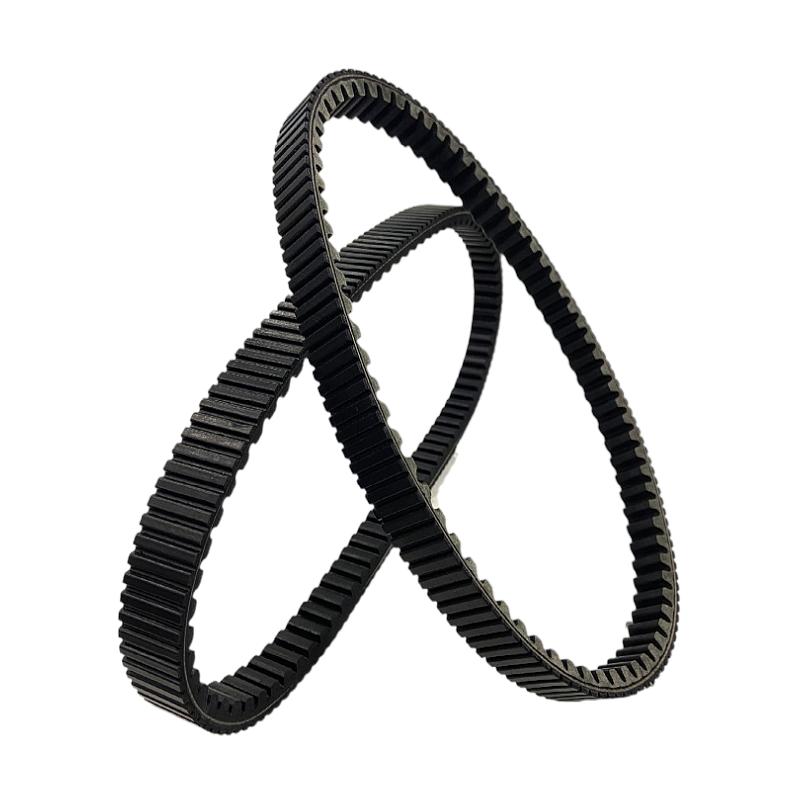- Arabic
- French
- Russian
- Spanish
- Portuguese
- Turkish
- Armenian
- English
- Albanian
- Amharic
- Azerbaijani
- Basque
- Belarusian
- Bengali
- Bosnian
- Bulgarian
- Catalan
- Cebuano
- Corsican
- Croatian
- Czech
- Danish
- Dutch
- Afrikaans
- Esperanto
- Estonian
- Finnish
- Frisian
- Galician
- Georgian
- German
- Greek
- Gujarati
- Haitian Creole
- hausa
- hawaiian
- Hebrew
- Hindi
- Miao
- Hungarian
- Icelandic
- igbo
- Indonesian
- irish
- Italian
- Japanese
- Javanese
- Kannada
- kazakh
- Khmer
- Rwandese
- Korean
- Kurdish
- Kyrgyz
- Lao
- Latin
- Latvian
- Lithuanian
- Luxembourgish
- Macedonian
- Malgashi
- Malay
- Malayalam
- Maltese
- Maori
- Marathi
- Mongolian
- Myanmar
- Nepali
- Norwegian
- Norwegian
- Occitan
- Pashto
- Persian
- Polish
- Punjabi
- Romanian
- Samoan
- Scottish Gaelic
- Serbian
- Sesotho
- Shona
- Sindhi
- Sinhala
- Slovak
- Slovenian
- Somali
- Sundanese
- Swahili
- Swedish
- Tagalog
- Tajik
- Tamil
- Tatar
- Telugu
- Thai
- Turkmen
- Ukrainian
- Urdu
- Uighur
- Uzbek
- Vietnamese
- Welsh
- Bantu
- Yiddish
- Yoruba
- Zulu
11월 . 29, 2024 09:44 Back to list
Benefits of Using Industrial Flat Belts in Manufacturing Processes for Efficient Operations
Understanding Industrial Flat Belts Key Features and Applications
Industrial flat belts play a crucial role in various manufacturing and automation processes. These belts are designed to transfer power and motion from one component to another, enabling the seamless operation of machinery in various industries. In this article, we will delve into the key features, types, and applications of industrial flat belts, providing a comprehensive overview of their importance in modern industrial settings.
Key Features of Industrial Flat Belts
1. Material Composition Industrial flat belts are typically made from a range of materials, including rubber, polyurethane, leather, and polyester. The choice of material significantly impacts the belt’s durability, flexibility, and resistance to wear and tear. For example, rubber belts are often used in environments where high friction is required, while polyurethane belts are favored for their enhanced longevity and resistance to chemicals.
2. Construction Flat belts may be designed with varying thicknesses and widths, depending on the specific application. The construction often includes a smooth surface for optimal contact with pulleys or drums, which helps improve efficiency and minimize slippage. Additionally, some flat belts feature textured surfaces to enhance grip, especially in applications where high torque is involved.
3. Operating Environment Industrial flat belts must be able to withstand harsh operating conditions, including extreme temperatures, humidity, and exposure to oils or chemicals. As such, manufacturers often develop specialized belts tailored to specific environments, ensuring longevity and reliable performance.
4. Customization Many industrial applications require tailored solutions to meet unique operational needs. Manufacturers offer customization options for flat belts, including size adjustments, surface treatments, and multi-layer constructions. This flexibility allows businesses to optimize their belt solutions for specific machinery and processes.
Types of Industrial Flat Belts
1. Endless Flat Belts These belts do not have seams, providing a smooth and uninterrupted surface that minimizes the risk of failure. Endless flat belts are often used in high-speed applications where a continuous flow of power is essential.
2. Segmented Flat Belts Composed of multiple segments, these belts are easier to install and replace. They are particularly useful in applications where lengthy belts are impractical, allowing for quick repairs and lower downtime.
3. Woven Flat Belts Made from textile materials, woven belts offer flexibility and resistance to elongation. These belts are commonly used in light to medium-duty applications, such as textile manufacturing and packaging.
industrial flat belt

4. Modular Conveyor Belts While not traditional flat belts, modular conveyor belts consist of interlocking plastic segments that can be configured to meet specific requirements. They are versatile and often used in packaging, food processing, and material handling.
Applications of Industrial Flat Belts
Industrial flat belts find applications across various industries due to their efficiency and reliability. Some common areas of use include
1. Manufacturing In manufacturing plants, flat belts are extensively used in machinery for material handling, assembly lines, and conveyor systems. They facilitate the transmission of power from motors to equipment, ensuring smooth operations.
2. Packaging The packaging industry relies on flat belts in automation processes, such as filling, labeling, and cartoning. The frictional properties of these belts help maintain product stability during transit.
3. Textile Industry In textile manufacturing, flat belts are used to drive weaving and knitting machines. Their ability to handle high speeds while maintaining precise tension is crucial in this sector.
4. Food Processing Food-grade flat belts are designed to meet strict hygiene standards and are commonly used in food processing and packaging applications. Their resistance to chemicals and easy cleaning capabilities make them ideal for this industry.
5. Agriculture Flat belts are also utilized in agricultural machinery, including harvesters and tractors, where they are fundamental in transmitting power effectively to various components.
Conclusion
Industrial flat belts are indispensable in enhancing the efficiency and reliability of machinery across various sectors. By understanding the key features, types, and applications of these belts, industries can make informed decisions in selecting the right solutions for their specific operational needs. With continual advancements in materials and technology, industrial flat belts will continue to evolve, providing greater performance and durability in challenging environments. As industries strive for increased productivity and efficiency, the role of flat belts will remain pivotal in facilitating these goals.
-
Korean Auto Parts Timing Belt 24312-37500 For Hyundai/Kia
NewsMar.07,2025
-
7PK2300 90916-T2024 RIBBED BELT POLY V BELT PK BELT
NewsMar.07,2025
-
Chinese Auto Belt Factory 310-2M-22 For BMW/Mercedes-Benz
NewsMar.07,2025
-
Chinese Auto Belt Factory 310-2M-22 For BMW/Mercedes-Benz
NewsMar.07,2025
-
90916-02660 PK Belt 6PK1680 For Toyota
NewsMar.07,2025
-
drive belt serpentine belt
NewsMar.07,2025

